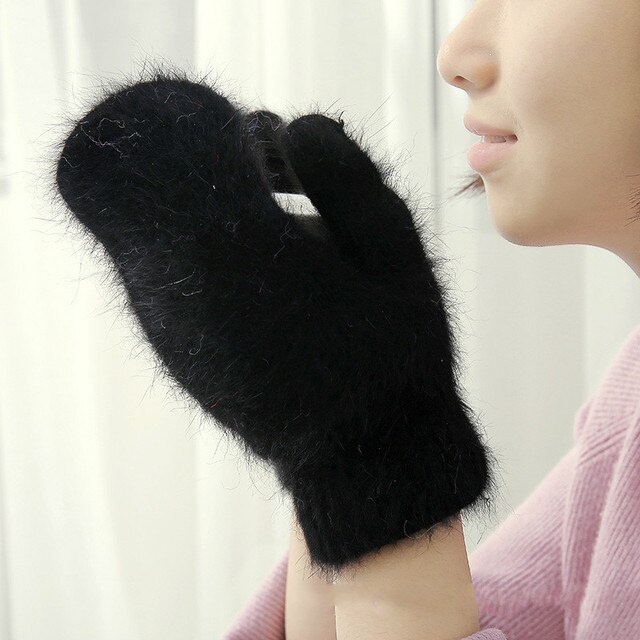
Gloves are more than just accessories; they’re functional and stylish additions that can enhance your look and provide practical benefits for various occasions. From formal events to everyday activities, these offer warmth, protection, and a touch of elegance. Here’s how you can seamlessly incorporate hand cover into different moments:
1. Winter Warmth: During colder months, these are essential for staying warm and comfortable. Opt for insulated that provide both style and protection from the chilly weather.
2. Formal Elegance: For formal events like weddings, galas, and parties, choose elegant gloves that add a touch of sophistication. Opt for long hand cover that complement evening gowns and formal attire.
3. Classic Charm: Evoke classic charm by incorporating it into your vintage-inspired outfits. Look for hand cover with delicate lace or intricate details that match the timeless aesthetic.
4. Outdoor Adventures: Gloves are practical companions for outdoor activities. Choose durable and insulated hand cover for activities like hiking, skiing, and snowboarding, providing both comfort and protection.
5. Driving Essentials: When behind the wheel, driving hand cover offer grip and comfort during long journeys. Select with anti-slip features that ensure a secure hold on the steering wheel.
6. Fitness and Sports: Gloves are integral to many fitness and sports routines. Opt for workout that provide grip and support during weightlifting, or cycling for comfort during long rides.
7. Garden Glamour: Gardening are must-haves for tending to your plants. Choose that protect your hands from thorns and dirt while adding a touch of style to your gardening ensemble.
8. Tech-Friendly Options: Stay connected even in colder weather with touchscreen that allow you to use smartphones and devices without removing your gloves.
9. Motorcycle Adventures: For motorcycle enthusiasts, these provide protection and grip while riding. Opt for durable leather that combine style with safety.
10. Personal Expression: Above all, these offer an opportunity for personal expression. From fingerless with bold designs to elegant opera gloves, choose styles that align with your individuality.
Conclusion: Incorporating it into different occasions adds both functionality and style to your outfits. From winter warmth to formal events and beyond, these accessories offer comfort, protection, and a touch of personal flair. Remember, the key is to choose that suit the occasion’s requirements and your personal taste, allowing you to step into every moment with confidence and practicality.

